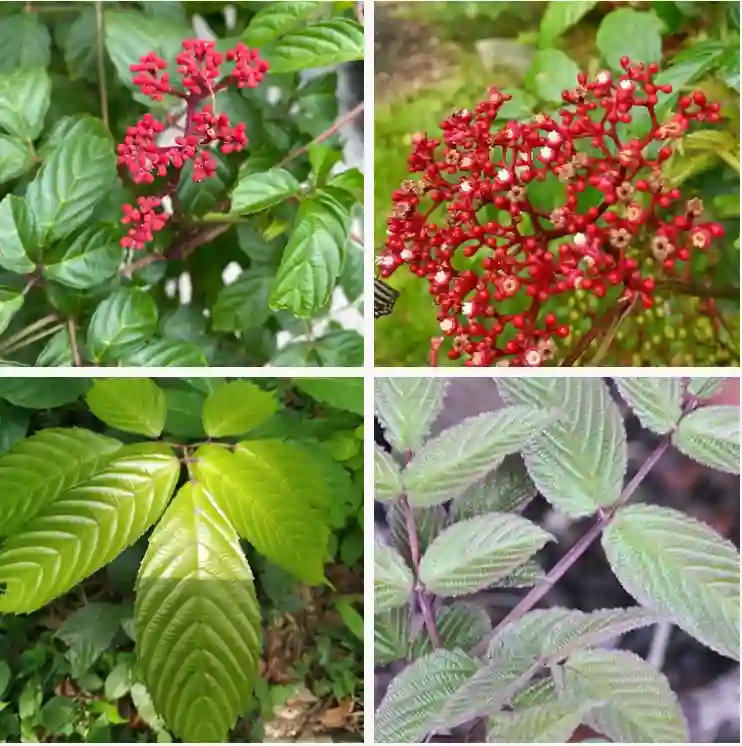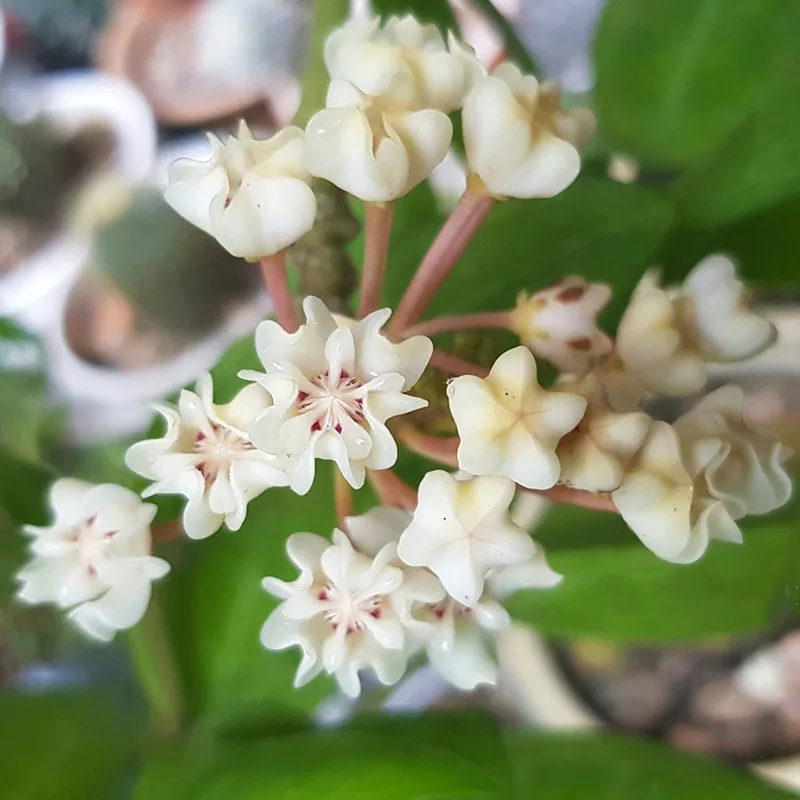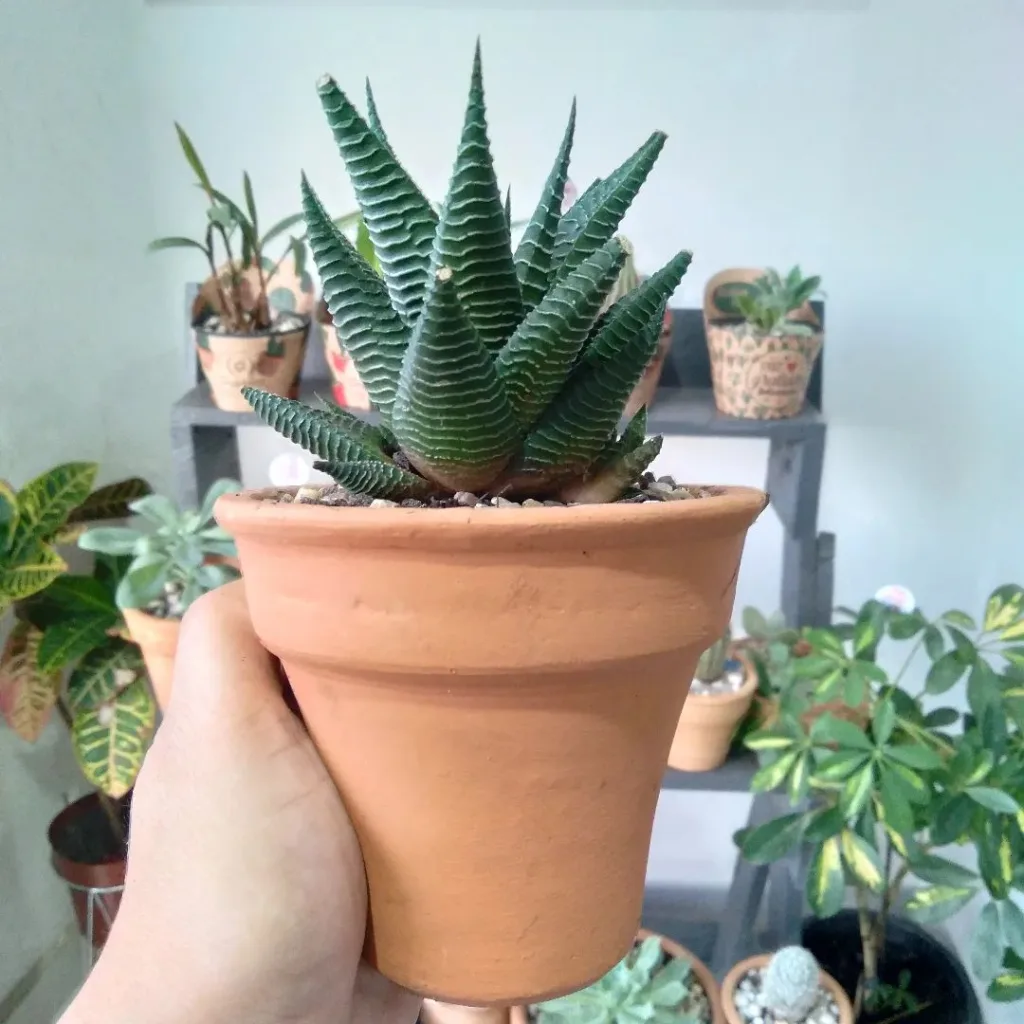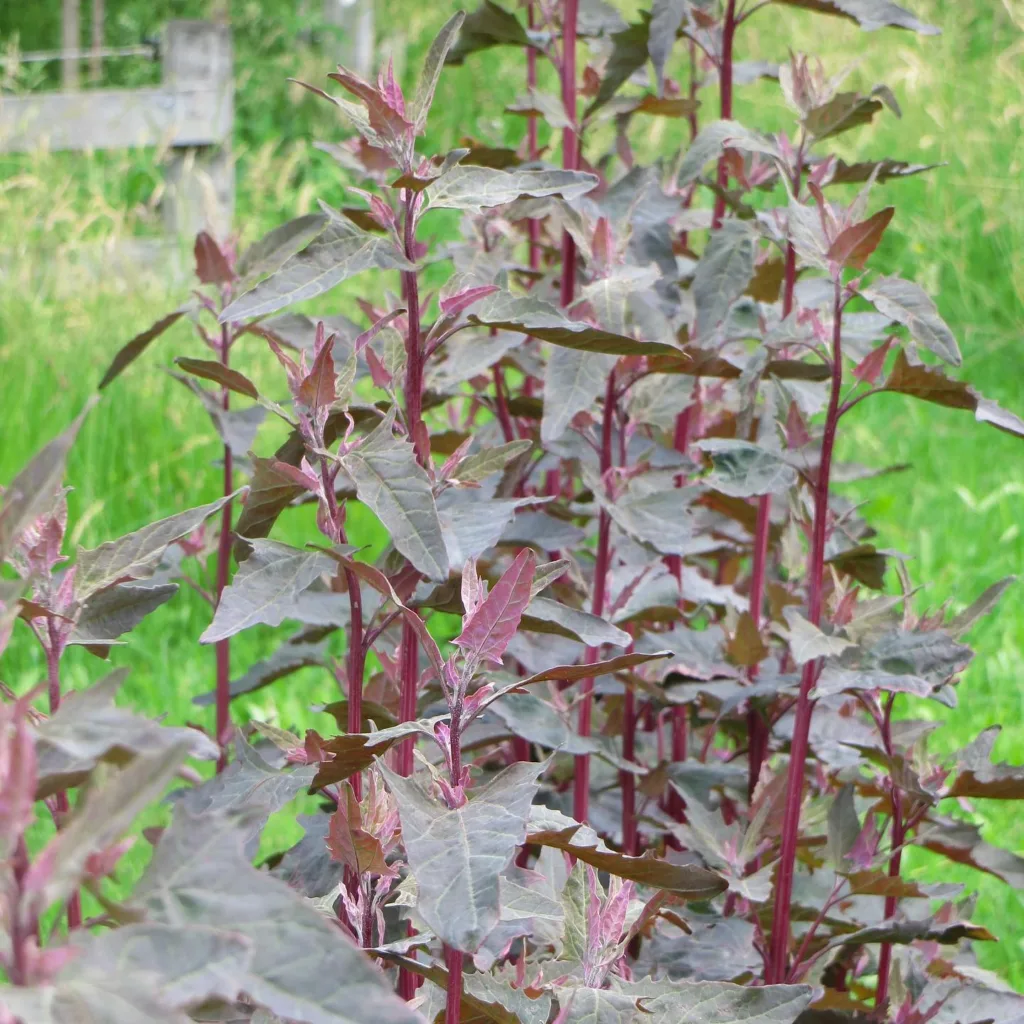What is Hoya Shepherdii?
Hey there, plant enthusiasts! Ferb Vu here, and today we’re diving deep into the world of the Hoya Shepherdii, also known as the String Bean Hoya. This beauty has stolen the hearts of many with its cascading vines adorned with plump, waxy leaves that resemble, well, string beans! But beyond its quirky charm, the Hoya Shepherdii boasts a reputation for being delightfully low-maintenance.
Intrigued? If you’re considering welcoming this botanical wonder into your home, this guide will answer all your burning questions and equip you with the knowledge to nurture it to flourishing health.
566 Species in Genus Hoya
Light: Bright and Indirect, Please!
Think of the Hoya Shepherdii as a sun-kissed introvert. It thrives in bright, indirect light. Imagine a spot near a window that receives dappled morning sun or gentle afternoon rays. Direct sunlight, however, can be harsh and lead to leaf scorch. Conversely, keep it away from dark corners – insufficient light can cause leggy growth and hinder flowering.
Water: When in Doubt, Leave it Out
Here’s where the Hoya Shepherdii truly shines for busy plant parents. Unlike many tropical plants, it doesn’t require constant coddling. Its succulent leaves act as a built-in water reservoir, allowing it to tolerate dry spells. My rule of thumb? Water deeply when the soil feels completely dry to the touch. Soggy roots are a big no-no, so avoid overwatering.
Soil: Think Drainage, Drainage, Drainage!
A well-draining potting mix is paramount for a happy Hoya Shepherdii. Opt for a blend specifically designed for cacti or succulents. You can even create your own by mixing regular potting soil with perlite or orchid bark for added drainage.
Potting Up: Choose Wisely
When selecting a pot, consider the plant’s size and growth habit. Opt for a pot with drainage holes that’s just slightly larger than the root ball. Terracotta pots are a great choice as they allow for good air circulation and prevent root rot. Repotting is only necessary when the plant outgrows its current container.
Humidity: Not Essential, But Appreciated
While the Hoya Shepherdii can tolerate average household humidity, it thrives in a slightly more humid environment. Grouping it with other plants or using a pebble tray filled with water can help create a more humid microclimate. However, don’t stress if this isn’t feasible – your plant will still adapt just fine.
Fertilizer: A Light Touch Does the Trick
During the growing season (spring and summer), a monthly dose of diluted, balanced fertilizer is sufficient. Opt for a water-soluble formula specifically designed for houseplants. Remember, less is always more when it comes to fertilizing Hoyas.
Common Concerns: Let’s Troubleshoot!
Drooping Leaves: This can indicate underwatering. Give your plant a thorough drink and allow the excess water to drain completely.
Yellowing Leaves: This could be due to several factors – underwatering, overwatering, or insufficient light. Assess your watering habits and adjust accordingly. Ensure it receives ample indirect light.
No Blooms?
Be patient – flowering in Hoyas can be temperamental. Providing bright, indirect light, consistent watering, and occasional fertilization can encourage blooms. However, some Hoyas simply take longer to mature and flower.
Hoya Shepherdii vs. Hoya Carnosa
Both the Hoya Shepherdii and Hoya Carnosa (commonly known as the Wax Plant) are popular houseplants with similar care requirements. However, there are some key differences:
- Leaves:
- Hoya Shepherdii: Elongated, oval-shaped, with a waxy texture.
- Hoya Carnosa: Ovate or rounded, fleshy leaves.
- Growth Habit:
- Hoya Shepherdii: Primarily a vining plant.
- Hoya Carnosa: Can be bushy or vining.
- Flowers:
- Hoya Shepherdii: Small, star-shaped, with a sweet fragrance.
- Hoya Carnosa: Clusters of small, waxy blooms in shades of pink or white.
Ultimately, the choice between these two Hoyas boils down to personal preference.
Hoya Shepherdii vs Kentiana
My Hoya Shepherdii is a climbing champion. Those long, lush leaves love to sprawl and reach. I’ve got it happily snaking up a moss pole, putting on new growth like crazy. It feels like every time I turn around, there’s another pair of fuzzy, heart-shaped leaves unfurling. Hoya Kentiana, on the other hand, is all about cascading elegance. My friend has one overflowing from a hanging basket, the leaves a stunning, deep green. It’s definitely more of a relaxed grower, happy to drape and display its beauty.
Hoya Shepherdii vs Longifolia
I must clarify that there seems to be a misunderstanding in your statement. Hoya Longifolia and Hoya Shepherdii are distinct species within the Hoya genus and are not the same plant. Hoya Longifolia is a separate species with elongated leaves that belongs to the Asclepiadaceae family. It is indeed suitable for hanging baskets, as its long stems gracefully drape down, adorned with leaves.
Hoya Shepherdii vs Wayetii
There’s no denying the majestic leaves of my Shepherdii. They’re these big, beautiful things that make quite a statement. But sometimes, a more petite plant is just what you need. That’s where Hoya Wayetii comes in. It’s got this adorable, compact vibe, with smaller, rounder leaves that pack a serious punch of charm. Both are fantastic Hoyas, but for different reasons. Shepherdii makes a bold statement, while Wayetii brings a touch of whimsy to any shelf.
The Final Word: A Rewarding Companion
The Hoya Shepherdii is a true gem for plant enthusiasts seeking a low-maintenance, visually striking addition to their indoor space. With its cascading vines, plump foliage, and fragrant blooms (with a little patience!), it’s sure to become a cherished companion in your home. So, give this botanical beauty



